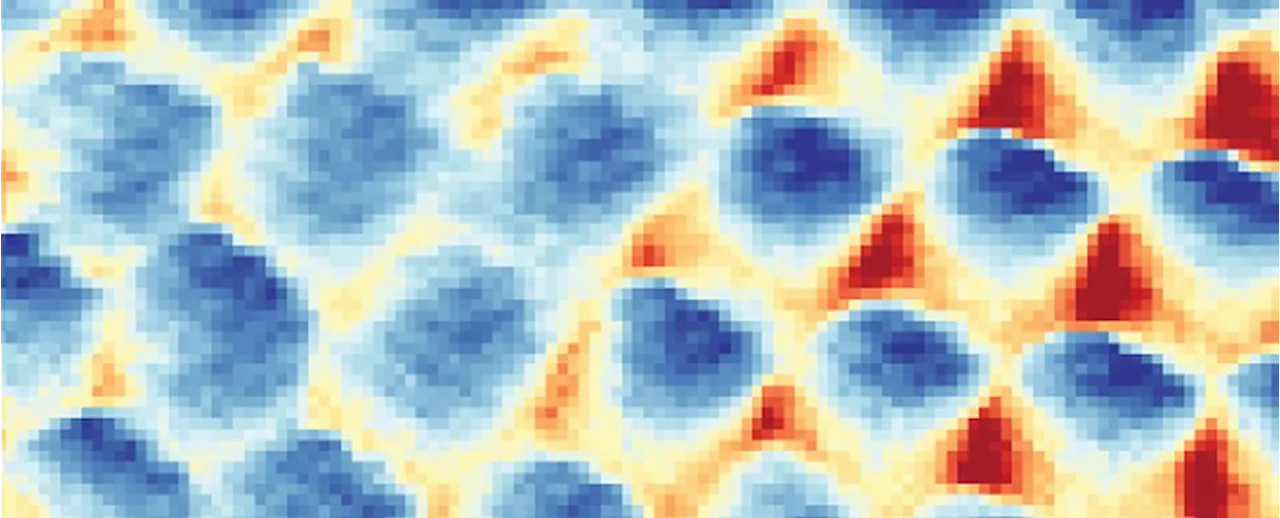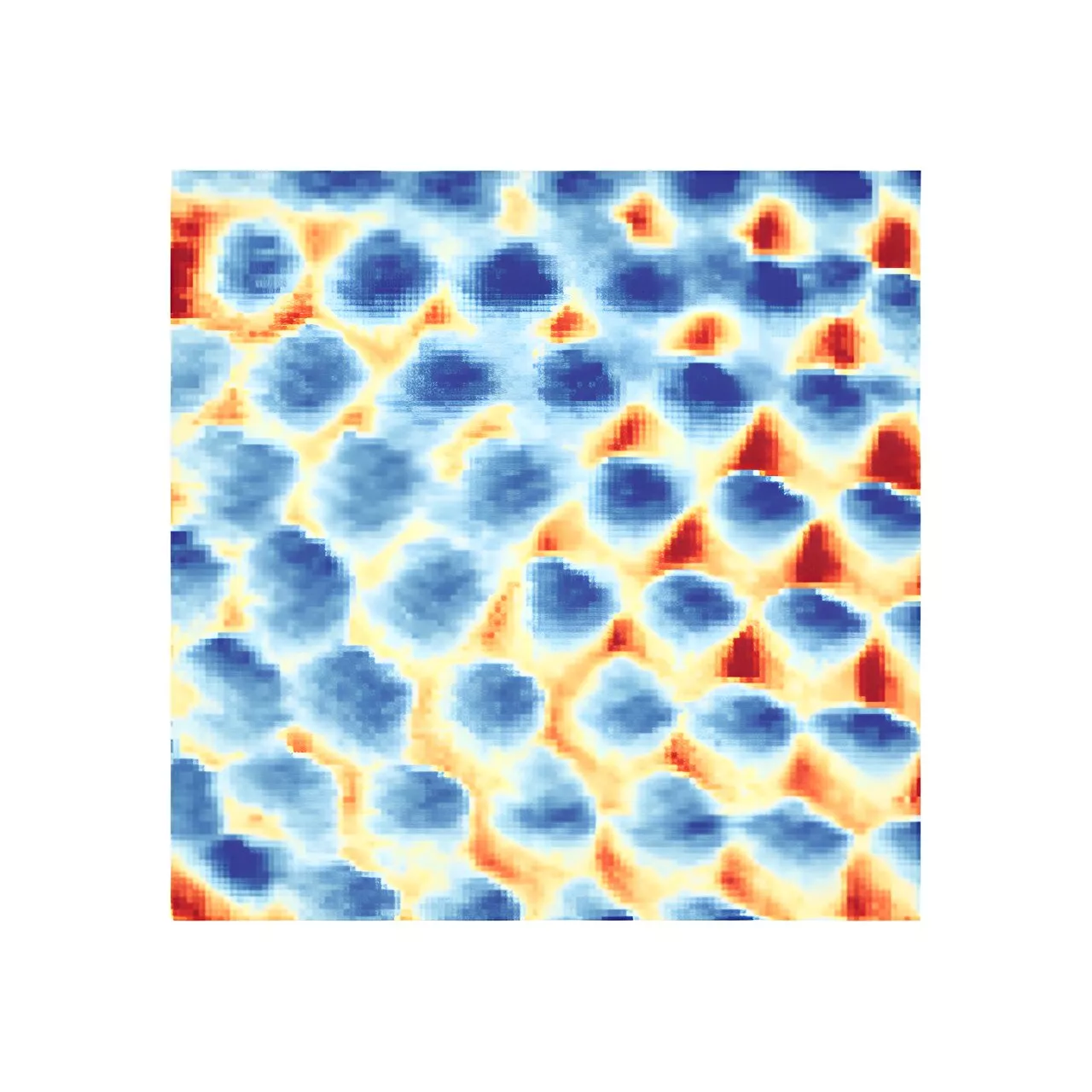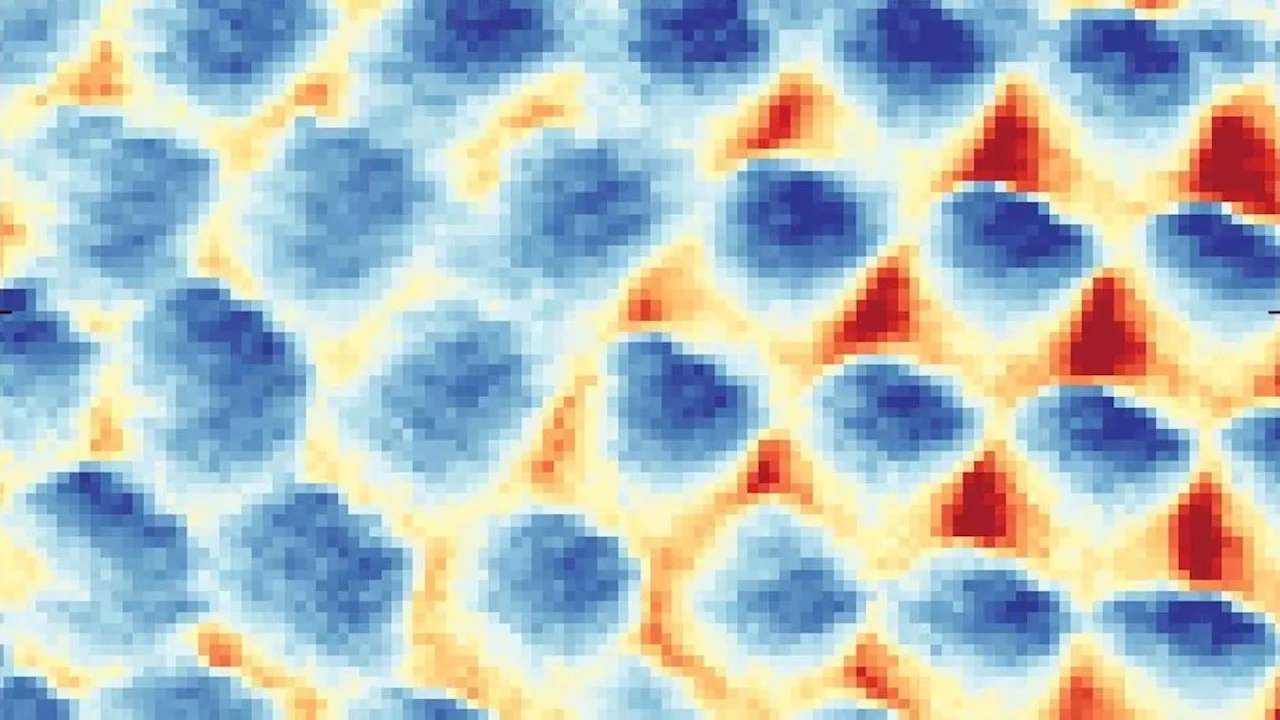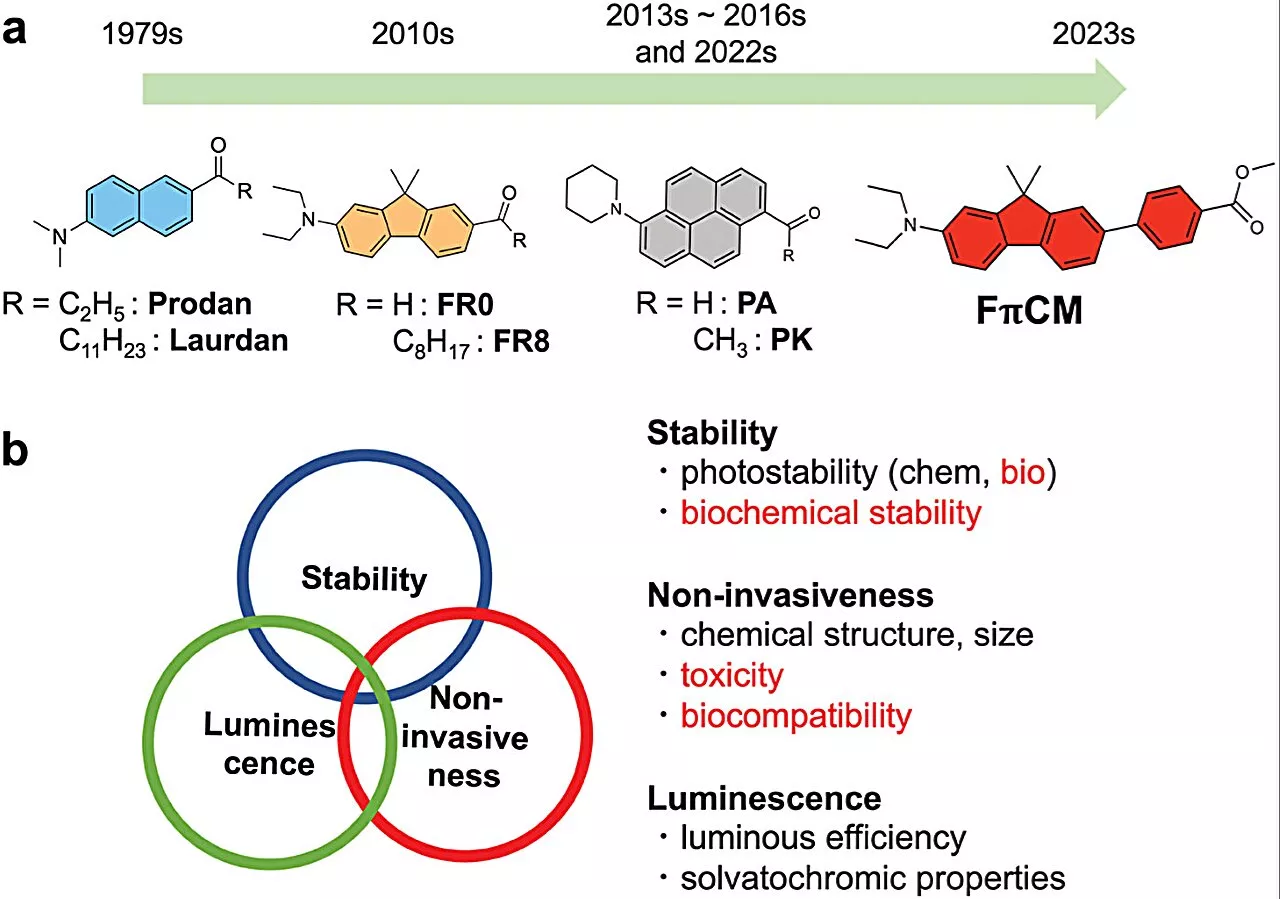Physicists at Princeton University successfully visualize the 90-year-old Wigner Crystal theory, paving the way for future quantum discoveries.
Physicists at Princeton University successfully visualize the 90-year-old Wigner Crystal theory. This could pave the way for future quantum discoveries .Despite studying them for over a century, scientists continue to be amazed by electrons.
By tuning the density of electrons, physicists at Princeton University initiated the phase transition, causing the electrons to spontaneously form into an ordered crystal lattice. Yazdani is a James S. McDonnell Distinguished University Professor in Physics at Princeton University and the senior author of the study.
They devised a “classical” electron crystal by spraying electrons on the surface of helium and found that they responded in a rigid manner like a crystal, as per the university.Thus, this research finds that a true Wigner crystal follows the laws of quantum physics rather than the familiar laws of physics in the everyday world.Princeton University reported the results as impressive with Yazdani noting the microscope helped confirm that the samples are without any atomic imperfection.
Physicists Princeton University Wigner Crystal Theory Quantum Discoveries Electrons Matter Lattice Structure Repulsion Quantum Phenomena Quantum Phases
United Kingdom Latest News, United Kingdom Headlines
Similar News:You can also read news stories similar to this one that we have collected from other news sources.
 Physicists Finally Capture Mysterious Wigner Crystal After 90 YearsThe Best in Science News and Amazing Breakthroughs
Physicists Finally Capture Mysterious Wigner Crystal After 90 YearsThe Best in Science News and Amazing Breakthroughs
Read more »
 Quantum crystal of frozen electrons—the Wigner crystal—is visualized for the first timeElectrons—the infinitesimally small particles that are known to zip around atoms—continue to amaze scientists despite the more than a century that scientists have studied them.
Quantum crystal of frozen electrons—the Wigner crystal—is visualized for the first timeElectrons—the infinitesimally small particles that are known to zip around atoms—continue to amaze scientists despite the more than a century that scientists have studied them.
Read more »
 Physicists Capture First-Ever Image of an Electron CrystalThe findings affirm a 90-year-old theory about how electrons can assemble without atoms.
Physicists Capture First-Ever Image of an Electron CrystalThe findings affirm a 90-year-old theory about how electrons can assemble without atoms.
Read more »
 Team makes progress with fluorescent dyes to better visualize lipid membrane order in live cellsA new solvatochromic probe could help shed light on the relationship between lipid membrane fluidity and various cellular functions, report scientists at Tokyo Institute of Technology and Kyushu University.
Team makes progress with fluorescent dyes to better visualize lipid membrane order in live cellsA new solvatochromic probe could help shed light on the relationship between lipid membrane fluidity and various cellular functions, report scientists at Tokyo Institute of Technology and Kyushu University.
Read more »
 A decade of aphantasia research: what we've learned about people who can't visualizePeople who can't visualize an image in their mind's eye are less likely to remember the details of important past personal events or to recognize faces, according to a review of nearly ten years of research.
A decade of aphantasia research: what we've learned about people who can't visualizePeople who can't visualize an image in their mind's eye are less likely to remember the details of important past personal events or to recognize faces, according to a review of nearly ten years of research.
Read more »
 Researchers visualize quantum effects in electron wavesOne of the most fundamental interactions in physics is that of electrons and light. In an experiment at Goethe University Frankfurt, scientists have now managed to observe what is known as the Kapitza-Dirac effect for the first time in full temporal resolution.
Researchers visualize quantum effects in electron wavesOne of the most fundamental interactions in physics is that of electrons and light. In an experiment at Goethe University Frankfurt, scientists have now managed to observe what is known as the Kapitza-Dirac effect for the first time in full temporal resolution.
Read more »
